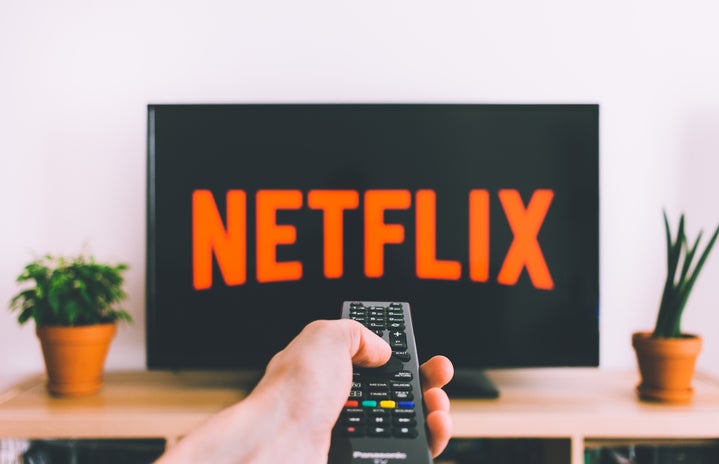In my freshman year of college, I decided I wanted to be “film-cultured.” I made a Letterboxd account and watched a bunch of Tarantino movies. My attention span, however, as well as my drive to be “film-cultured” has deteriorated. So has my taste for Tarantino movies. I’ve come to realize that a lot of the praise for his films comes from old, white, male critics and I don’t necessarily have to agree with them (controversial position, I’m aware). A lot of the stories told both in film and television are created to satisfy the white, American palette. I, like most people of color, was raised not seeing myself represented on screen. The Disney princess I had to identify with was Jasmine, who represented an oriental cocktail of Arab and South Asian ethnicities.
While South Asian representation in American media remains slim, there’s been an increase in representation of other ethnic groups, and I’m not talking about the one token ethnic friend (Lane in Gilmore Girls, Vanessa in Gossip Girl, Bonnie in the Vampire Diaries, etc.) who is meant to lessen the homogeneity of the all-white main characters. An increase in well-executed TV shows centered on stories of ethnic minorities and marginalized people grants us powerful insight to the problems and microaggressions faced by different communities, a feeling for different cultures and ideas, and an overall shift in perspective. Here are some shows I’ve watched recently that have been particularly moving.
- All American
-
Since Netflix added the second season recently, All American has been in the streaming platform’s Top 10 Most Viewed list for over a week. It tells the story of high school football star Spencer James, who lives in the predominantly black Crenshaw neighborhood of Los Angeles and is recruited to play in Beverly Hills. The show depicts both the wealth and glamour of Los Angeles as well as the poverty and disenfranchisement faced by communities in the same city.
Available on Netflix.
- Gentefied
-
Gentefied depicts the story of three 20-somethings and their grandfather, who is struggling to keep up with the rising rent price of his taqueria. The show examines the complex tensions that accompany gentrification within a community, as well as tone-deaf liberals who buy property and drive up rent prices. It’s truly a frustrating and simultaneously heartwarming show to watch.
Available on Netflix.
- Ramy
-
Ramy tells the story of a first-generation Egyptian-American Muslim millennial who can best be described as confused. He’s on a sort of spiritual journey, trying to find a balance between how he lives his life and the expectations of his culture and religion. While Ramy is the main character, each member of his family has an episode that further explores their character and narrative, providing greater insight into their internal struggles with what’s expected of them. I watched it in two days.
Available on Hulu.
- Good Trouble
-
Good Trouble has accomplished the rare feat of being better than the show it’s a spinoff of. While I found The Fosters to be heartwarming, Good Trouble is just better. It tells the story of sisters Callie and Mariana, who move to Los Angeles to pursue their careers in law and tech, respectively. Mariana is a Latina woman in tech, but there’s also a variety of ethnicities represented in their communal living space. There’s Gael, the Latino graphic designer and aspiring artist, Alice the Asian lesbian and aspiring comedian, Malika the Black Lives Matter community organizer, and more. Their stories and the diversity of their experiences are clearly valued and depicted in a meaningful manner, rather than in a tokenizing way.
Available on Hulu or the Freeform app.


